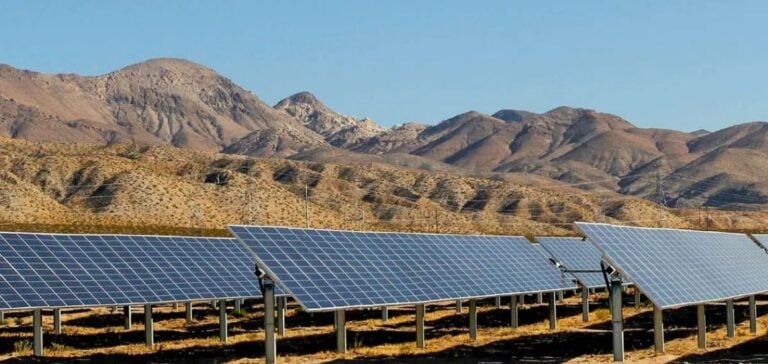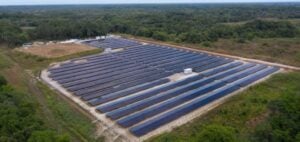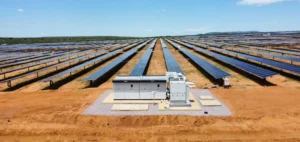Recurrent Energy, a subsidiary of Canadian Solar Inc., has closed $825mn in financing to support the construction of two major projects in Maricopa County, Arizona. The financing covers both construction debt and tax equity for the Desert Bloom Storage and Papago Solar sites, which are expected to enter service in the first half of 2026.
Projects aligned with Arizona’s energy strategy
The Desert Bloom Storage project consists of a standalone energy storage facility with a capacity of 600 MWh, while Papago Solar is a 150 MWac solar power plant. These projects are part of a multi-year partnership between Recurrent Energy and Arizona Public Service (APS), one of the state’s main electricity providers, facing rising peak demand.
The financing was structured with contributions from Norddeutsche Landesbank (Nord/LB), Mitsubishi UFJ Financial Group Inc. (MUFG), CoBank, and Siemens Financial Services. Wells Fargo provided the tax equity contribution. The coordinated funding package ensures financial stability required for the ongoing construction phase.
Infrastructure backed by industrial partners
Engineering, procurement, and construction (EPC) for the storage facility is being handled by Primoris Services Corporation’s Renewable Energy division. The solar power plant is being built by Blattner Energy, a company already involved in similar regional projects. Together, the developments currently employ several hundred construction workers.
These new projects complement existing energy infrastructure in the county, where Recurrent Energy commissioned a 1,200 MWh storage facility in July, operated under a 20-year agreement with APS. Desert Bloom Storage and Papago Solar are expected to play a key role in supporting demand peaks during the summer months.
Territorial investment strategy
Recurrent Energy is continuing to invest in Maricopa County with a long-term approach supported by local partnerships and community engagement. Once operational, both new projects are expected to generate substantial local tax revenue.
Recurrent Energy Chief Executive Officer Ismael Guerrero noted that the infrastructure is designed to strengthen Arizona’s electricity grid and address growing demand, marked by a peak consumption record reached for the third consecutive year.






















